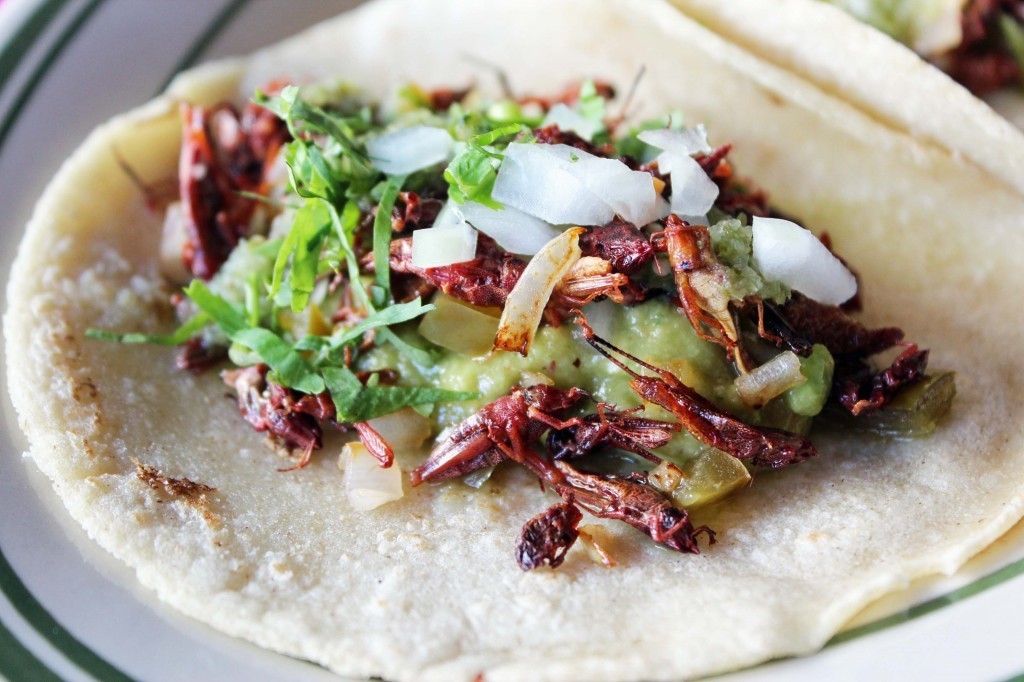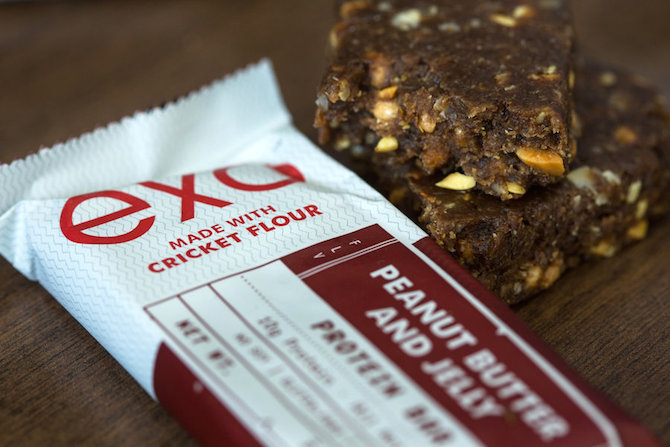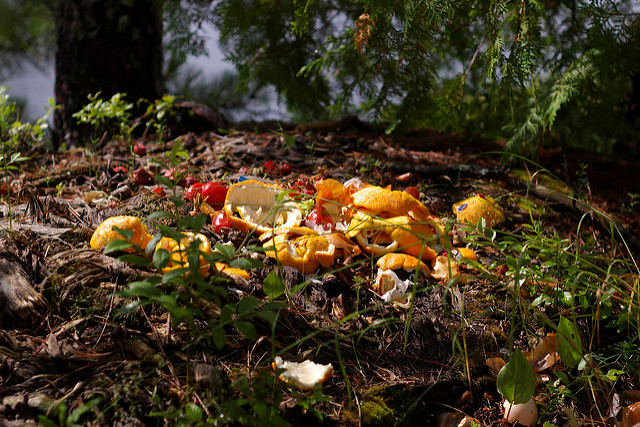Recently there has been a lot of focus on eating in a sustainable way. Depending on whom you ask, that can mean consuming seasonal and local food, going vegetarian or vegan, or taking part in the newest sustainable food trend: insect protein.
Other cultures have been happily eating bugs for centuries. In Mexico, chapulines are a normal thing to find in your taco, and some restaurants in New York City are already serving up crunchy insects.

Photo courtesy of boromag.com
Aside from their place in Central and South American cuisine, crickets are finding a new home in protein bars here in the US. Companies like Exo and Bitty Foods are adding to cricket flour to their nutrition bars and baked goods in an effort to gain an edge over their competition and make insects more palatable to consumers.

Photo courtesy of media.npr.org
Although plenty of people are still grossed out by the idea of eating insects, there are plenty of reasons to try crickets. Let’s say the typical hamburger weighs about ¼ pound and has roughly 29 grams of protein. That takes 2 whole pounds of feed — a ratio of 8:1, feed to meat produced.
Insect meat, on the other hand, only requires ½ pound of feed for every pound of meat. Seems to me like bugs are way more efficient than cows.
When you add up all of the environmental impacts of raising an animal for human consumption — feed, land use, gas emissions, and monetary cost — efficiency begins to matter a lot. The cricket’s ability to eat rotting food provides an awesome opportunity to up-cycle compost and scraps that would otherwise go to waste. Cows just aren’t that cool.

Photo courtesy of Trevor Wade on flickr.com
If that’s not enough reason to start munching on bugs, note that crickets are super nutritious. They’re a complete protein and contain more iron than beef and a comparable amount of calcium to milk.
Chart courtesy of the-scientist.com
In this day and age, there is a lot of trendiness associated with different foods. You might be wondering, are crickets just another crazy food trend, or do they have more lasting value? Judging by the number of articles, videos, and other publications that I found when writing this article, I’d say crickets are quickly becoming the future of protein.


